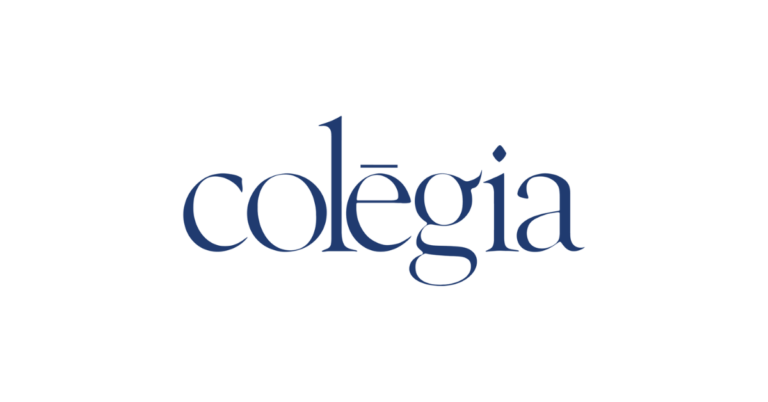Colegia, a term rooted in Latin, refers to a system of education or a community of scholars. In contemporary contexts, Colegia represents a unique approach to education, emphasizing collaboration, personalized learning, and community engagement. This article delves into the principles, practices, and benefits of Colegia, exploring its relevance in modern education.
Historical Context: Origins and Evolution
To comprehend the essence of Colegia, it’s essential to trace its origins and evolution throughout history. The concept finds its roots in ancient Roman times, where collegia were associations of individuals with shared interests or professions. These early forms of collegia laid the groundwork for the development of educational institutions and scholarly communities.
Core Principles of Colegia
At the heart of Colegia lie several fundamental principles that shape its philosophy and approach to education:
Collaboration over Competition: Unlike traditional educational models that often foster a competitive environment, Colegia promotes collaboration among students, educators, and community members. This emphasis on cooperation cultivates a supportive learning ecosystem where individuals thrive collectively.
Personalized Learning Pathways: Recognizing the diverse needs and learning styles of students, Colegia prioritizes personalized learning pathways. Rather than adhering to rigid curricula, educators tailor instruction to accommodate individual interests, strengths, and goals, fostering intrinsic motivation and deeper engagement.
Community Engagement and Service: Colegia places a strong emphasis on community engagement and service-learning initiatives. By integrating real-world experiences and social responsibility into the curriculum, students develop empathy, leadership skills, and a sense of civic duty.
The Structure of Colegia
Colegia structures vary depending on the educational context and organizational framework. However, common elements include:
Learning Communities: Colegia often organize students into small learning communities or cohorts, facilitating close relationships among peers and educators.
Flexibility and Autonomy: Colegia prioritize flexibility and autonomy in learning, allowing students to pursue their interests, set goals, and take ownership of their educational journey.
Integrated Curriculum: Rather than compartmentalizing subjects, Colegia promote interdisciplinary learning experiences that connect various disciplines and real-world contexts.
Implementing Colegia: Case Studies and Examples
Numerous educational institutions around the world have embraced the principles of Colegia, implementing innovative approaches to teaching and learning. Case studies and examples include:
High-Tech High: Located in San Diego, California, High-Tech High is renowned for its project-based learning model, collaborative culture, and emphasis on real-world applications.
Big Picture Learning: Big Picture Learning operates a network of schools globally, emphasizing personalized learning, internships, and community partnerships to empower students in pursuing their passions and goals.
Sudbury Schools: Inspired by the Sudbury Valley School in Massachusetts, Sudbury schools follow a democratic education model where students have the freedom to direct their learning and participate in self-governance.
Benefits and Challenges of Colegia
Embracing the Colegia model offers various benefits, including:
Enhanced Student Engagement: By tailoring learning experiences to individual interests and fostering collaboration, Colegia promote higher levels of student engagement and motivation.
Holistic Development: Colegi’a prioritize the holistic development of students, equipping them with essential skills such as critical thinking, communication, and problem-solving.
Community Empowerment: Through community engagement and service-learning initiatives, Colegi’a contribute to the empowerment and enrichment of local communities.
However, implementing Colegi’a also poses certain challenges, including:
Resource Allocation: Building and sustaining Colegi’a require adequate resources, including funding, infrastructure, and professional development for educators.
Resistance to Change: Introducing a paradigm shift in education may encounter resistance from stakeholders accustomed to traditional models, necessitating effective communication and stakeholder buy-in.
The Future of Colegia: Opportunities and Innovations
As education continues to evolve in response to societal changes and technological advancements, Colegi’a are poised to play a significant role in shaping the future of learning. Opportunities for innovation include:
Leveraging Technology: Integrating technology into Colegi’a can enhance personalized learning experiences, facilitate collaboration, and expand access to educational resources.
Global Collaboration: Colegi’a have the potential to foster global collaboration and cultural exchange, transcending geographical boundaries and promoting cross-cultural understanding.
Lifelong Learning: Embracing a lifelong learning mindset within Colegi’a prepares individuals to adapt to an ever-changing world, fostering continuous growth and development beyond formal education.
Conclusion
Colegi’a represent a transformative approach to education, emphasizing collaboration, personalized learning, and community engagement. By embracing the core principles of Colegi’a and leveraging innovative practices, educational institutions can cultivate environments where students thrive intellectually, socially, and emotionally, paving the way for a brighter future of learning.

